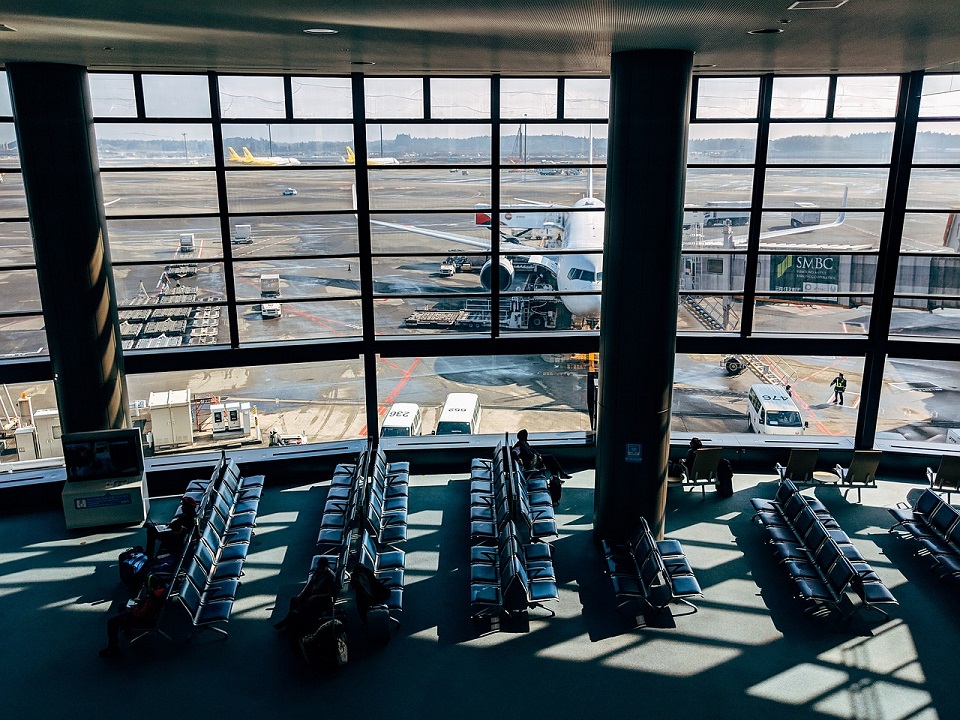Aviation
These are the best & worst airports in the world

Traveling for business can be both exhilarating and exhausting, and often, the experience begins and ends at the airport. For frequent flyers, airports are more than just gateways; they’re hubs of efficiency or frustration, comfort or chaos.
From seamless security procedures to ample amenities and convenient transportation options, the best airports are a sanctuary for weary business travelers, offering a seamless journey from check-in to boarding. On the flip side, the worst airports can be a source of endless delays, overcrowded terminals, and subpar services, turning what should be a smooth journey into a nightmare of inconvenience.
A recent survey conducted among business travelers has unveiled the top performers and those that fall short in meeting their expectations.
Here’s a breakdown of the best and worst airports according to their ratings:
| Rank | Airport | Country | Avg Rating |
|---|---|---|---|
| 1 | Noi Bai International Airport | Vietnam | 6.80 |
| 2 | Changi Airport | Singapore | 6.63 |
| 3 | Hong Kong International Airport | China | 6.48 |
| 4 | Hamad International Airport | Qatar | 6.44 |
| 5 | Helsinki-Vantaa Airport | Finland | 6.36 |
| 6 | Narita International Airport | Japan | 6.23 |
| 7 | Haneda Airport | Japan | 5.82 |
| 8 | Kempegowda International Airport | India | 5.56 |
| 9 | Taoyuan International Airport | Taiwan | 5.29 |
| 10 | Chhatrapati Shivaji Maharaj International Airport | India | 5.22 |
| 11 | Budapest Ferenc Liszt International Airport | Hungary | 5.10 |
| 12 | Athens International Airport | Greece | 5.06 |
| 13 | Larnaca International Airport | Cyprus | 4.85 |
| 14 | Indira Gandhi International Airport | India | 4.60 |
| 15 | Zurich Airport | Switzerland | 4.57 |
| 16 | Ben Gurion Airport | Israel | 4.46 |
| 17 | Sardar Vallabhbhai Patel International Airport | India | 4.46 |
| 18 | Ngurah Rai International Airport | Indonesia | 4.40 |
| 19 | Midway International Airport | United States | 4.37 |
| 20 | Incheon International Airport | South Korea | 4.33 |
Topping the charts is Noi Bai International Airport in Vietnam, impressing with its services and efficiency, as rated by the discerning business community. Singapore’s Changi Airport, known for its luxurious amenities and smooth operations, follows closely behind.
However, not all airports receive such glowing reviews. Despite being major hubs, Incheon International Airport in South Korea and Midway International Airport in the United States fall towards the bottom of the list, leaving business travelers less than impressed.
These rankings shed light on the airports that excel in catering to the needs of business travelers, ensuring seamless experiences and efficient transit, while also highlighting areas for improvement in others.

Aviation
Boeing, Antonov to Collaborate on Defense Projects

– MOU represents Boeing’s commitment to work with Ukrainian industry
– Includes exploring opportunities for collaborating on in-country support of Unmanned Aerial Systems
A Memorandum of Understanding was signed today by Boeing and Antonov Company to investigate potential collaboration on defense-related projects.
“We’re happy to keep collaborating with the Antonov Company to help Ukraine’s economic development and expansion,” stated Ted Colbert, CEO and president of Boeing Defence, Space, & Security.
Airbus and the Antonov An-225: The Best Partnership:Click here
“This agreement demonstrates our ongoing efforts to find more opportunities to work with Ukrainian industry, which was underscored by our signing of the Ukrainian Defence Industry Compact earlier this year.”
The areas of potential collaboration identified in the agreement consist of training, logistical support and overhaul services for tactical Unmanned Aerial Systems utilized by the Ukrainian Armed Forces, which includes the ScanEagle. In addition, the companies will also explore opportunities for Antonov to provide engineering support to Boeing.
The six largest cargo aircraft ever built in the aviation industry:Click here
“A strong, innovative, and efficient defense industry is key to sustainable economic development and national security, and we are extremely excited to collaborate with Boeing,” said Ievhen Gavrylov, CEO of Antonov Company.
This agreement brings a whole new level of opportunity to implement the latest and most effective solutions – in addition to the possibility of future projects with Boeing in the aerospace and defense industry.”
-

 Travel1 week ago
Travel1 week agoAir India to Expand US Operations with Three New Routes After a Decade
-

 Travel2 weeks ago
Travel2 weeks agoWhy We Should Avoid These Stamps in a Passport
-

 Airlines1 month ago
Airlines1 month agoInvestigations Reveal Fake Chinese Titanium in Boeing and Airbus Jets
-

 Tech4 weeks ago
Tech4 weeks agoChina’s CATL Plans 1,800-Mile Electric Plane Launch by 2027
-

 Airport3 days ago
Airport3 days agoTop 10 Largest Airports in the World by Size
-

 Aerospace4 weeks ago
Aerospace4 weeks agoChina’s Fighter Jets Turn Wings into Autonomous Drones
-

 Airlines4 days ago
Airlines4 days agoAir India Rolls Out A350s for Delhi-New York JFK and Newark Routes
-

 Defence3 weeks ago
Defence3 weeks agoBoeing Enhances Chinook with New Engines and Block II Upgrades at $96 Million







